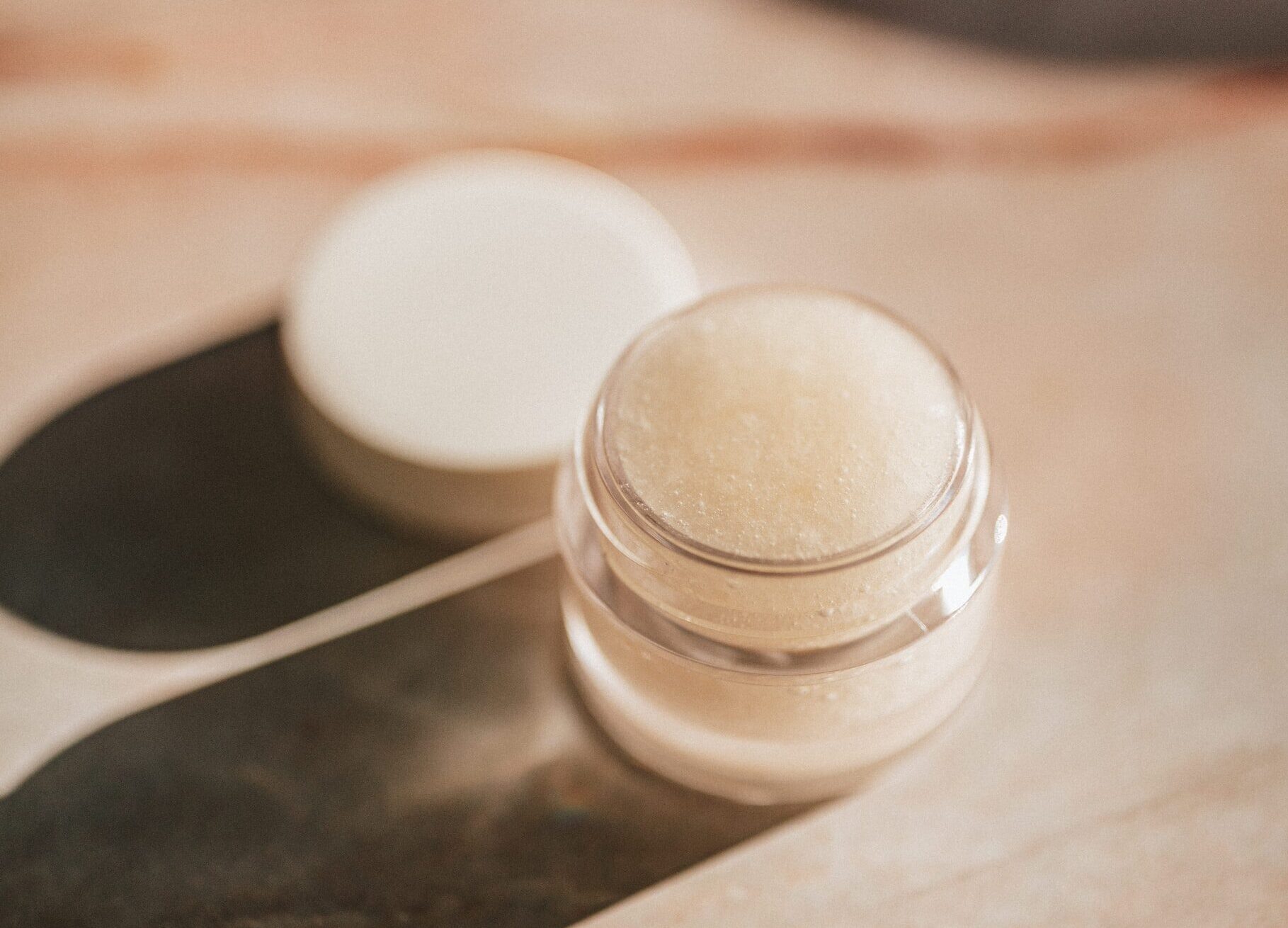BUTYLATED HYDROXYTOLUENE (BHT)
The European Commission adopted the review of Regulation (EC) No 1223/2009 on cosmetic products regarding substances with endocrine disrupting properties in 2018. Although the Commission does not have specific provision on endocrine disruptors, it provides a regulatory framework with the aim to ensure a high level of protection of human health.
In early 2019, a priority list of 28 potential endocrine disruptors (not already covered by the bans of cosmetic regulation) was established by the Commission. From these 28 substances, 14 were considered as higher priority (Group A) and the other 14 were included in the low priority group (Group B). The public call for data for the considered higher priority substances was carried out in 2019. Butylated Hydroxytoluene was included in Group A.
BHT is a substituted toluene that is used in cosmetics and personal care products as an antioxidant and fragrance. This ingredient is also used in other sectors, including food additives, pharmaceuticals, plastics/rubbers and other petroleum products.
Neither the in silico nor the in vitro data give indication of endocrine disrupting properties of BHT. In vivo studies showed that the liver is the main target of BHT via the oral route, increasing liver weight and the activity of liver enzymes.
On the basis of a safety assessment, and considering the concerns related to potential endocrine disrupting properties of this ingredient, the SCCS concluded that BHT is safe as an ingredient up to a maximum concentration of 0.001% in mouthwash, 0.1% in toothpaste, 0.8% in other leave-on and rinse-off products. The SCCS also considers BHT safe for a combined use of mouthwash at a concentration of 0.001%, toothpaste of 0.1% and other leave-on and rinse-off products at the concentration of 0.8%.
If you wish to get more information these ingredients and their use in cosmetic products, feel free to contact us at info@criticalcatalyst.com.
References:
- Regulation (EC) No 1223/2009 of the European Parliament and of the Council of 30 November 2009 on cosmetic products.
- Scientific Committee on Consumer Safety (SCCS). Opinion on Butylated Hydroxytoluene (BHT). (SCCS/1636/21). Preliminary version. 2021















